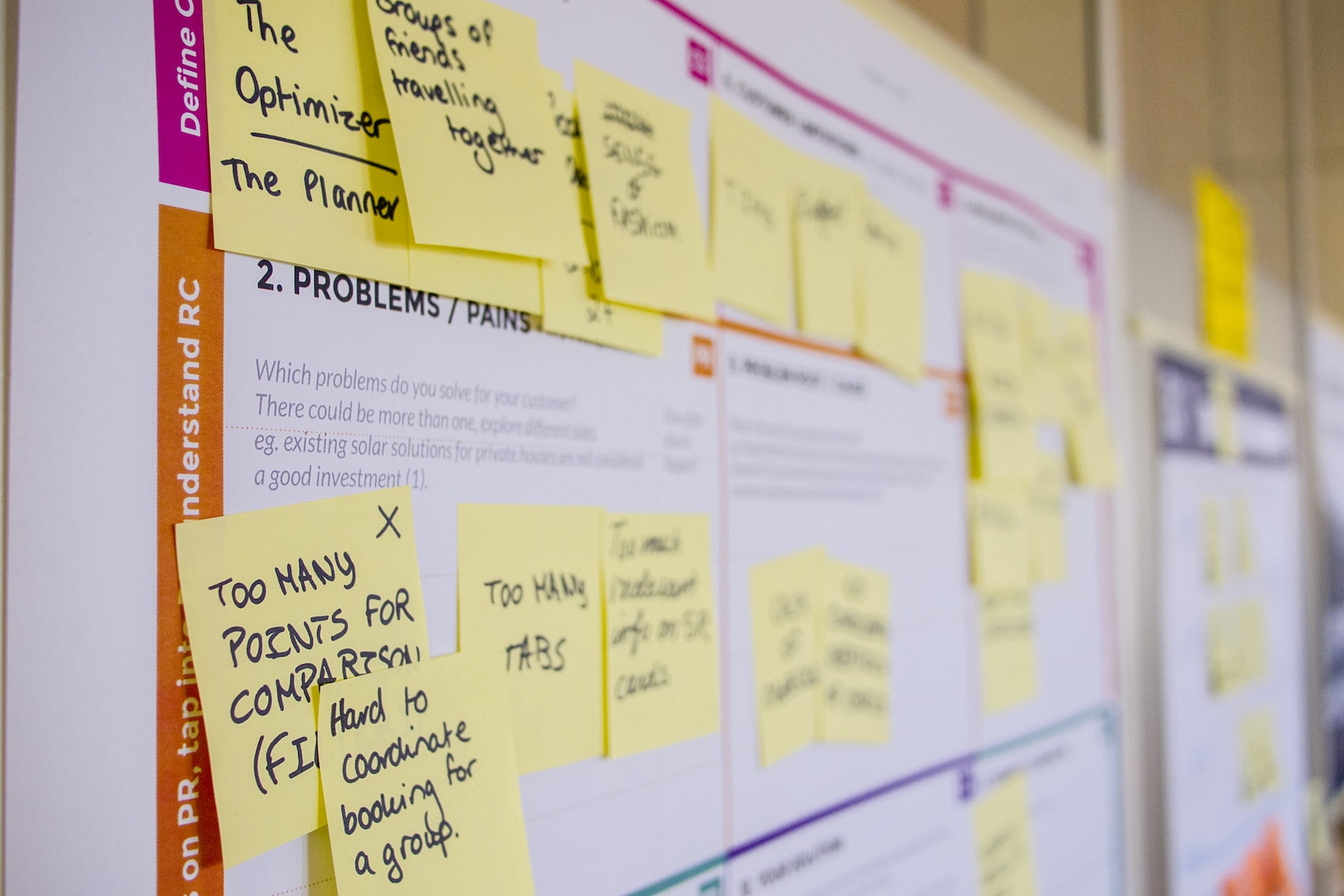
Everything you need to know about scenario planning
by Tara Covell
Listen to Audio Version:
Scenario planning is a powerful tool for small business owners and entrepreneurs to anticipate future challenges and opportunities.
Thinking through different "what if" scenarios and their potential impact on your business, you can develop action plans to mitigate risk and capitalise on opportunities.
But what exactly is scenario planning, and how can you implement it in your business?
What is scenario planning?
Scenario planning is a strategy that helps businesses anticipate potential problems and uncertainties by thinking through different scenarios and their potential impact on their business. It involves creating different "what if" scenarios and following them to their logical end to understand the potential impact on your business. You then develop an action plan for a few possible outcomes and keep it on file for future reference.
One of the critical benefits of scenario planning is that it helps you identify early warning signs for significant changes and make changes faster, giving your business a competitive advantage. It can also enhance organisational resilience by clearly outlining actions to be taken in various potential situations.
Project managers can use scenario planning to avoid losing an average of 37% of their budgets due to failures by identifying uncertainties such as resource availability, the success or failure of other business initiatives, and approval from key stakeholders.

8-Step Guide to Implementing Scenario Planning
If the idea of forecasting the future feels daunting, don't worry. We'll guide you through the scenario planning process in eight easy steps:
- Identify the key issue or question you want to address. This could be a problem your business is facing or a potential opportunity you wish to explore.
- Figure out the main question of your uncertainty and list all factors that could affect it. This will help you focus your efforts and tackle the most important aspects of the issue or question.
- Gather information and data relevant to the question, including market research, industry data, and other relevant information. All this will help you understand the issue or opportunity in more detail.
- Create a few different scenarios based on the information. This should explore different potential outcomes and their potential impact on your business.
- Identify the key drivers and assumptions for each scenario to understand the key factors that could influence the outcomes.
- Develop an action plan to prepare for each potential outcome and ensure that you are ready to take action if your prediction passes.
- Evaluate the likelihood of each scenario to understand which scenarios are most likely to occur and which are less likely.
- Choose the most likely scenario and implement the action plan so you can act quickly if necessary. Using a project management tool can also make tracking the different scenarios easier and updating them as the future unfolds.

Avoiding Common Project Pitfalls With Scenario Planning
When conducting a scenario analysis on a project level, it's essential to be aware of common pitfalls that can derail your progress. Here are three common project challenges to look out for and how scenario planning can help mitigate them:
- Poorly defined project scope or goals: A shift in business priorities or change in project objectives can prevent 37% of projects from failing. To avoid this, clearly define your project scope and goals early and communicate them to all stakeholders. Scenario planning can also provide direction on handling changes in scope or priorities.
- Unclear roles and responsibilities: Confusion about who is responsible for what tasks is a common problem that can lead to 31% of project failures. Using a project management tool or a complete Work OS like Monday.com can help keep track of responsibilities and ensure nothing falls through the cracks.
- Inadequate resources: Scenario planning can help you anticipate and plan for resource constraints. You can set clear and realistic timelines and expectations by analysing different scenarios based on available resources. This way, if resource availability changes, you'll be ready to shift your plan immediately.
In short...
Scenario planning may take time and effort, but it is worth it to be prepared for the future. By thinking through possible futures, small business owners and entrepreneurs can react more quickly to changing circumstances, mitigate risk, protect their business, and be primed to catch good opportunities at the right time.
Related articles

Four tips to help combat loneliness in business
Being a business owner can be a lonely place. Here are four tips to help you combat the struggles of loneliness in business.

Tips to avoid loneliness as a long-distance business owner
Jonathan O'Shea, TAB Business Coach in Bristol, gives some tips to business owners who are feeling lonely especially during the COVID-19 pandemic.

Five tips for new year business planning
Business owners will beginning to undertake new year business planning. Here's our five tips to consider for your new year business strategy.





